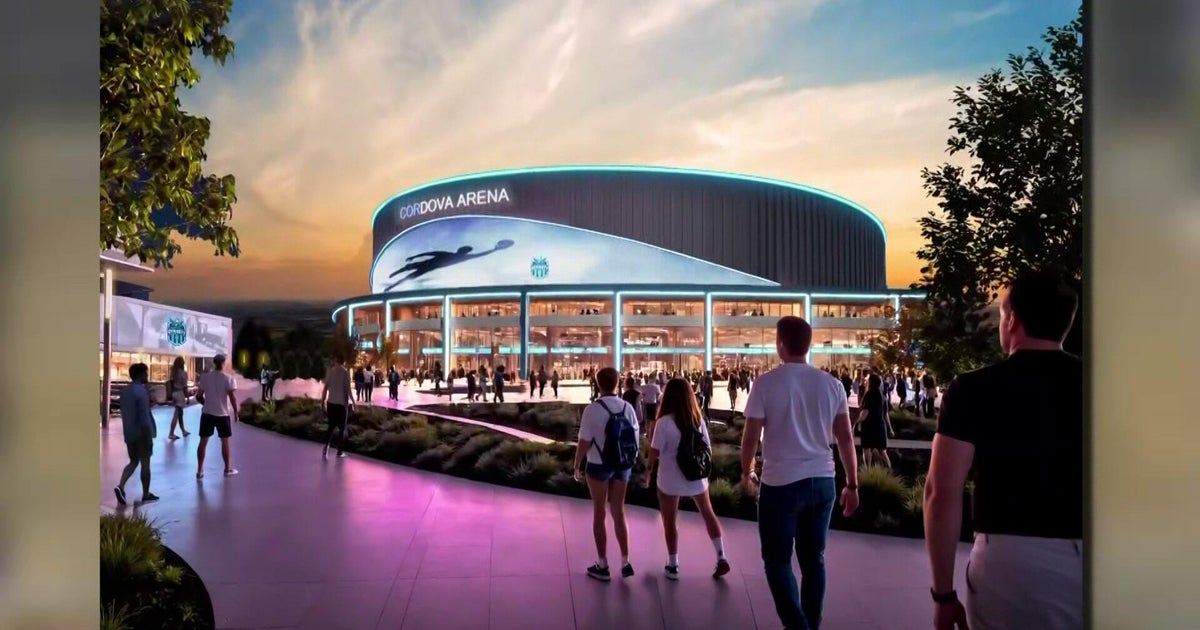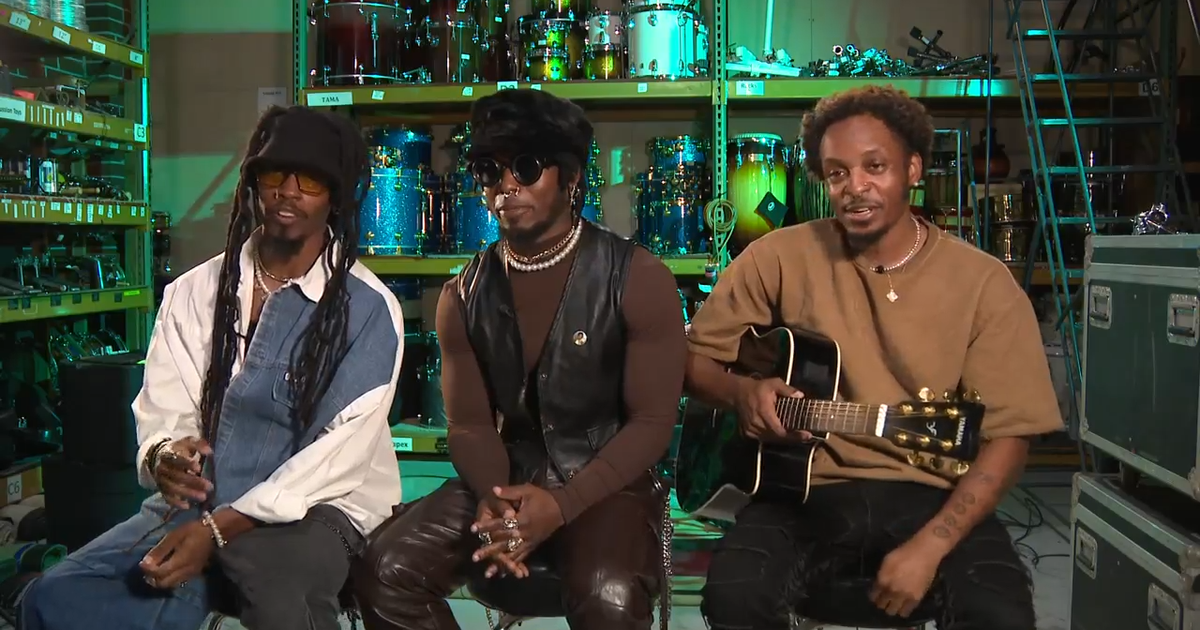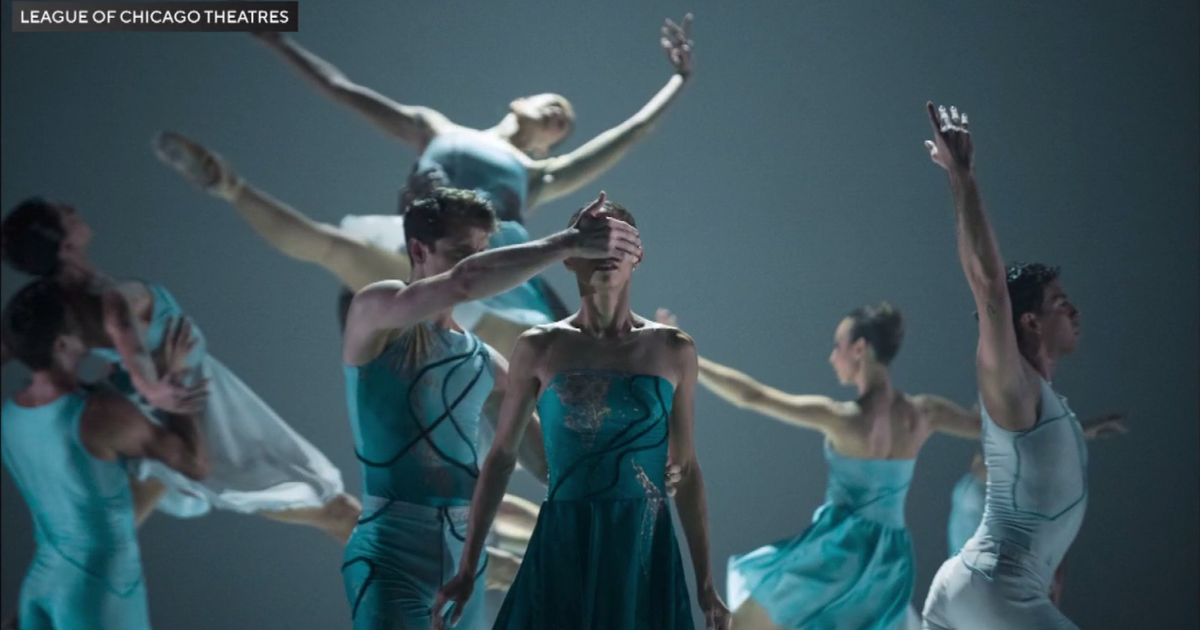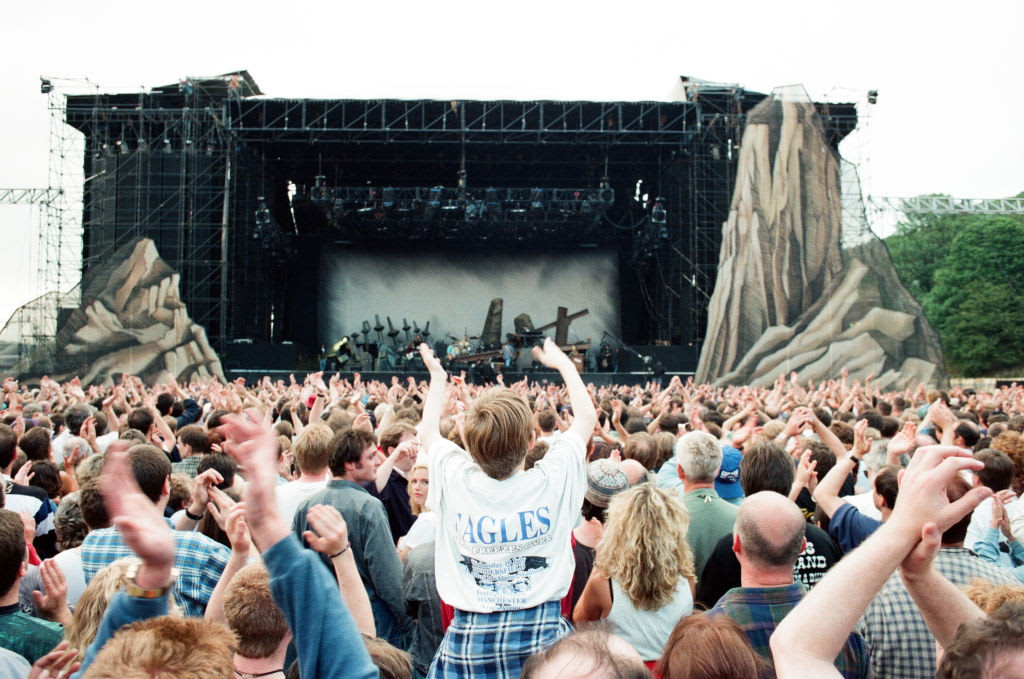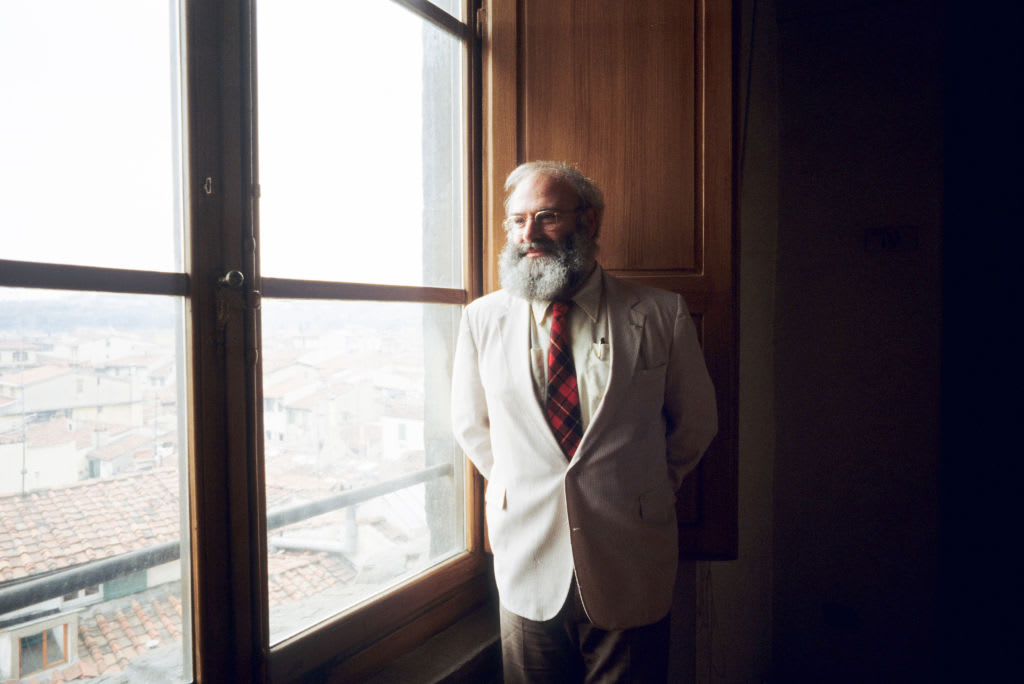"Dead Sound": The Grateful Dead and the evolution of modern concert sound
Concerts are rewarding partly because your favorite artists are playing your favorite songs, and loud. But it wasn't always like that.
"Dead Sound," an audio documentary produced by CBS News Radio, follows how the psychedelic rock band the Grateful Dead developed technology and techniques used in concert venues worldwide today.
Nobody cared about concert sound in the early 1960's, according to writer Blair Jackson, author of a number of books on the Grateful Dead. Jackson said that was because there was no real concert industry until the late 1960's as rock bands became more popular.
"Then, as the bands got bigger and more popular, they started playing larger places," Jackson said. "So that's when you find bands starting to go into hockey arenas, basketball arenas, you know, all these giant places that were not really designed for music at all."
The Grateful Dead and their sound engineers made considerable efforts to improve the listening experience of concertgoers. Their crusade began with Owsley "Bear" Stanley, who was the Dead's original sound engineer and a prominent manufacturer of LSD.
The goal was that the equipment for amplification should not cause any distortion to the music.
The Dead's first significant sound system involved giant speakers from Stanley's home stereo system, according to Dennis McNally, former publicist and historian for the Grateful Dead.
"I mean, Lord knows it was sort of overkill in a private home," McNally said. "Ultimately, it didn't work all the time… but, you know, when it worked it was a thing of beauty."
Jackson said the speakers were actually refurbished movie theater equipment.
"He [Stanley] was the guy who pioneered the notion that, hey, some of these movie theaters, movie palaces have pretty good speakers why don't we try that for rock 'n roll," Jackson said. "So he put this system together and that became extremely influential."
They turned to movie speakers because most of the research that had been done for high-power, high-quality sound equipment had been done in the 1920's for the moving picture industry, according to Dan Healy, an audio engineer for the Grateful Dead.
Healy's goal was to contrive a live sound system that allowed everyone in the audience to feel like they were sitting in front of their dream stereo systems in their living rooms. He says over the span of the Grateful Dead's career they accomplished this dream with room to spare.
To get the music playing in their sound systems to come back out of the speakers more accurately, Healy started measuring how individual audio frequencies bounced around different rooms to tune their systems to each venue. Band members credit the original concept to Stanley and his Alembic Inc. co-founder, but everyone seems to agree that Healy is the one who figured out how to make it work.
"And they used a wave measuring device, which was actually invented to test the harmonic strength of metals, and this would measure the room, and you discover which frequencies would resonate too much, others too little," McNally said. "And so the idea would be to tune the room flat, and so you would start from there with equalizing the sound system to make it sound perfect to the audience."
Jackson said the Grateful Dead were a band of firsts, whether using stage monitors so singers could hear themselves, to using high-fidelity equipment instead of public address equipment.
"I mean very early on they got a reputation for having the best sound of any band that was out there touring," Jackson said. "A lot of the other sound engineers copied what they were doing or talked to them about what they were doing and how they were able to isolate instruments, and how they were able to combine instruments in interesting ways in the PA, and give a faithful reproduction of what was actually being played."
The Dead's innovation culminated in the Wall of Sound: more than 600 speakers, 40 feet high and 70 feet wide across the stage.
McNally said it could create perfectly acceptable sound at a quarter mile away.
"Visualize 440 yards. Being that far back from the stage, and I'm talking about just the speakers on the stage," McNally said. "And a quarter mile away, you could still feel that sound as a powerful and palpable thing. It was extraordinary."
One of the challenges of the Wall was time smear, or the idea that since the speakers were all different distances from the audience, their sound output would not reach their ears simultaneously.
John Meyer, president of Meyer Sound, likened it to controlling the water ripples after tossing rocks in the water.
"You get all kinds of grating lobes or waves that go everywhere," Meyer said. "I mean, you could imagine like trying to throw a bunch of rocks in the water and making it coherent enough that it would just look like a big rock."
According to Meyer, the Wall also required the Dead to invent a phase-cancelling microphone to prevent feedback loops, due to the speakers being directly behind the microphones. Each microphone was actually two thin microphones, one for the vocals and the other to cancel out the sound of the music.
That technological concept was derived from fighter pilot microphones and is used today for noise-cancelling headphones.
By the late '70s, the concert industry had begun to catch up with the Dead's innovative approaches to live sound.
In less than a decade, the Grateful Dead changed the landscape of live music performances. You can hear the difference in a montage from 1968, 1972, and 1974.
The documentary was produced and edited by CBS News Radio assignment editor Gauthier Giacomoni and narrated by CBS News Radio correspondent Jim Chenevey.
The full documentary is available via Soundcloud, the CBS News Radio app under "Podcasts -> Special Programming," or your local CBS News Radio station. Full transcript is available here.
Music Credits:
- Grateful Dead - Fillmore West 1969 Box Set: March 1st, 1969 - That's It for the Other One
- Grateful Dead - Dick's Picks Vol. 22 - China Cat Sunflower
- Holly Bowling - Better Left Unsung - Cryptical Envelopment > The Other One
- Grateful Dead - Dick's Picks Vol. 11 - China Cat Sunflower
- Circles Around the Sun - Interludes for the Dead - Farewell Franklins
- Grateful Dead - Road Trips Vol. 2.3 - China Cat Sunflower





